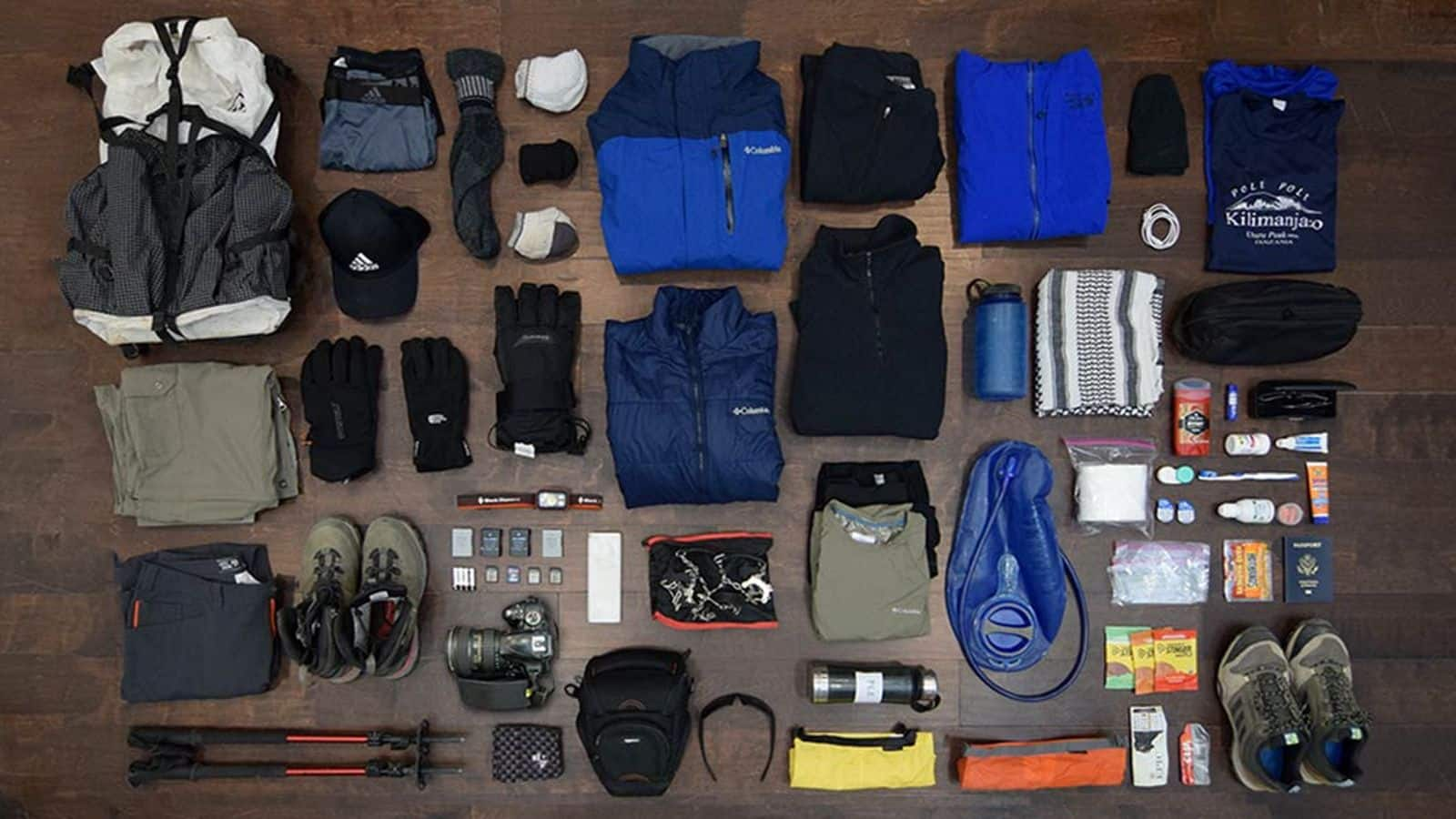
Climbing Mount Kilimanjaro? Pack smart with these tips
What's the story
Mount Kilimanjaro, Africa's highest peak, calls to adventurers with its snow-capped summit and rich ecosystems. The climb to Uhuru Peak is a true test of endurance, requiring meticulous preparation, steadfast determination, and the correct gear. Your ascent will take you through misty rainforests, over alpine moorlands, and into the mountain's stark arctic zones, offering a challenging yet rewarding experience.
Clothing
Essential clothing layers
For comfort on Kilimanjaro, layering is essential. Begin with moisture-wicking base layers that maintain dryness. Over these, add fleece jackets as insulating midlayers for retaining warmth. The final outer layer should consist of a waterproof and windproof jacket and pants to protect against the elements. And remember, thermal underwear is crucial for the cold nights encountered at the mountain's higher elevations.
Footwear
Footwear for the trek
The right boots are crucial for your climb. Select waterproof, breathable hiking boots with solid ankle support to navigate rocky terrain and avoid sprains. Break them in well before your journey to prevent blisters. Wear them with moisture-wicking socks and add gaiters to keep out debris. This preparation is key to ensuring your feet stay protected throughout the trek.
Sustenance
Hydration and nutrition supplies
Hydration is key on Kilimanjaro; carry a water bottle or hydration pack that can hold at least two liters. For sustenance, pack energy bars, nuts, and dried fruits. These snacks are ideal for quick energy boosts. At high altitudes, your appetite might wane, so choose appealing, nutrient-rich foods that provide sustained energy even when your hunger cues diminish.
Safety
Health and safety gear
Altitude sickness is a risk for all climbers, regardless of physical condition. Before your climb, consult a doctor and pack prescribed altitude sickness medication. Your health kit should include first-aid essentials for minor injuries. Protect your skin and eyes from harsh sun rays with sunscreen, SPF-infused lip balm, UV-filtering sunglasses, and a hat with a broad brim to shade your face and neck.
Navigation
Navigation tools
Even with the presence of guides, personal navigation tools such as maps or GPS devices are highly recommended for a Kilimanjaro trek. These tools provide an additional safety net in the vast terrain. Moreover, a dependable headlamp and spare batteries are critical for those pre-dawn summit attempts. Navigating in the dark without a good light source can be challenging and risky.